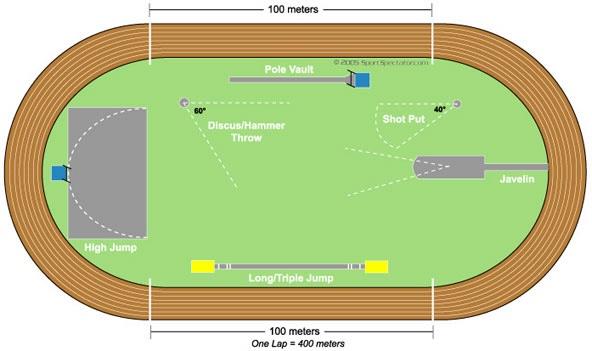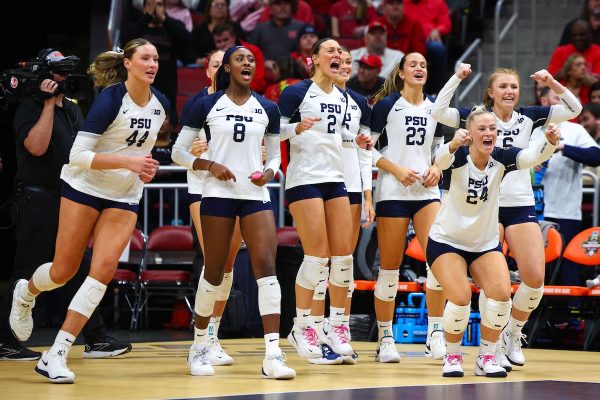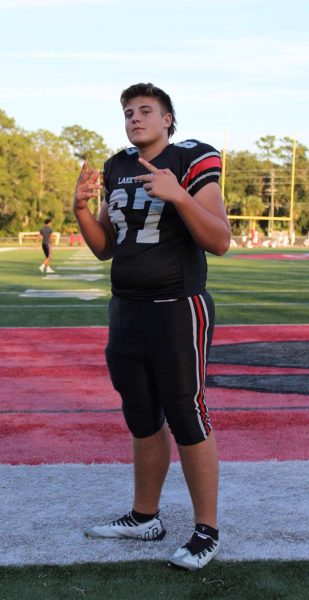What You Need to Know About Track and Field

If your a student wanting to try a new sport or a fall sport player looking to stay in shape and get faster over the off season track and field is a great option. A lot of people don’t know a lot about track and as a multi event track athlete I’m here to give you some insight on what to expect, how it works, all the different events, and how the practices are. First of all track is completely different than cross country. In cross country you run super long distance races like 7 miles in track the highest distance event is the 3200 which is two miles. In track theres so many different events and anyone can join the team and find an event thats best for you. Sometimes you end up being good at other events for me I joined as a sprinter and ended up becoming a good pole vaulter and mid distance runner so now I do all of those events throughout the season.
Maybe you wanna try it but you don’t know what you can be good at here are all the events you can give a try. Track is broken up into different groups the sprinters, mid distance, and distance for the running events and than the jumpers, pole vaulters, and throwers for the field events. For the sprints theres the 100, and 200 meter dash. Im sure everyone knows what a 100m is as its he most well known event but if you don’t its just a simple race from start to finish its just straight. For the 200m it’s along version you run one curve and one straight away this event is good for people who are fast and can maintain there top speed for longer. The mid distance events consists of the 400m, and the 800m these are good for people who may not be the fastest but can maintain a good pace for a long time. For the 400m event its a one lap race and you can kind of consider it a sprint as well because its a mix of sprinters and mid distance runners who compete in it as its kind of a in between for them. For the 800 its a two lap race and the first event you can break in, in all the lower events you have to stay in your own lane but for the rest of the higher events you break into lane one and all the runners run in the same lane and you have to merge into lane two if you wanna pass people. For the distance events theres the 1600 and 3200 not much to say for both other than you just need to maintain pace just like the 800 you stay in lane one these events are good fortress country runners as its just a shorter version of there sport. And now the Field events maybe your not a good runner at all well theres a lot of different skill sets in these events. For the jumpers theres the long jump, triple jump, and high jump. For the long jump you can a small runway to run on than a line at the end of the run way as your take off point the whole objective is to see how far into the sand pit you can land and whoever gets the farthest wins. For the triple jump is the same concept but more complicated and advanced as your running down you have to jump of one leg a total of three times before you get to the sand pit think of it as a hop but in a fast motion because you build momentum from the run way into it. In high jump its a little different instead of jumping for distance you jump for height, you run towards a mat with a bar on it and have to jump of the ground and arch your back over the bar onto the mat. For pole vault it’s different than any other event its defiantly the most complicated and unique event Im a pole vaulter and wrote a whole separate article on it called “Lake Mary pole vault might kill you” if you wanna get more information on it but to summarize the event in the simplest way you basically run with a pole stick it in a hole and bend the pole to have it launch your body vertical in the air than you have to turn mid air and arch over a bar to avoid knocking it down similar to the high jump. For throwing events theres the discus, shot put, and javelin. For discus you throw a round disk that weighs 2 kilograms. The shot put is similar to the discuss but its a small ball thats more heavy than the discuss. The javelin is a little different instead of a small object the javelin is shaped like a spear and it also allows a run up as you throw. Theres also two hurdle events the 110mh and the 300mh. For the girls the hurdle heights are lower and the 110 is 100 instead. In the 300 you have to pace well and be able to jump the last few hurdles with fatigue. For the 110 its a more of a sprint and the hurdles are higher than the 300.
Now that you know all the different events you might still be questioning how it works. At the meets there’s usually around 8-15 schools that attend to each meet. All the races are divided into heats. Each heat is organized by times that the athlete already performed so there all as evenly matched as possible, if you don’t have a time you get thrown with other people who don’t have times. The top 8 performers for each event overall score points for there team 1st place = 10, 2nd = 8, 3rd = 6, 4th = 5, 6th = 3, 7th =2, 8th = 1. Usually theres like 30-80 athletes in each event so you need to be really good to even score. Usually the two fastest heats are the competitive ones and everyone else just runs for fun or too get a better time and hopefully advance to a faster heat.
As for the practices we warm up do the workout than cool down and stretch. The workouts are dependent on your events if you do multiple events you might do half and half or alternate workouts everyday. The difficulty of the workouts all depends on you. Our coach gives us vary difficult workouts but they can be easy if you don’t try. When things get hard its up to you to keep pushing or not what you put in will determine who much you improve throughout the season. One thing ill say about practice is your legs will be sore basically everyday but you get used to it.







